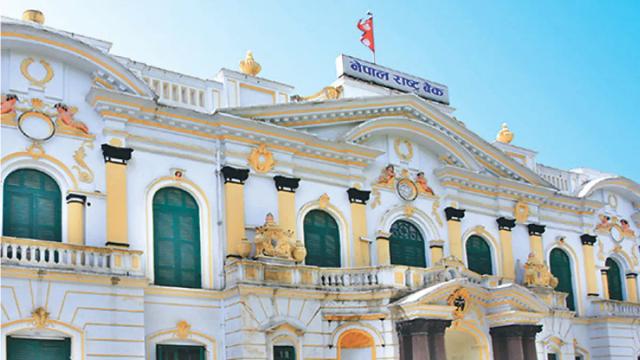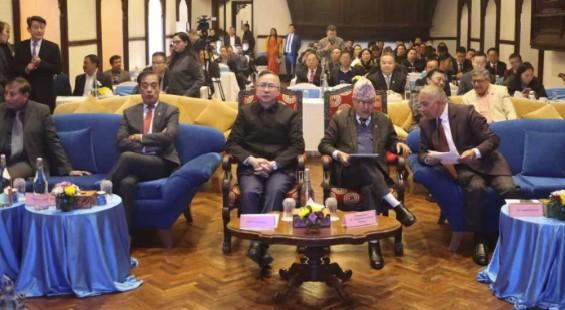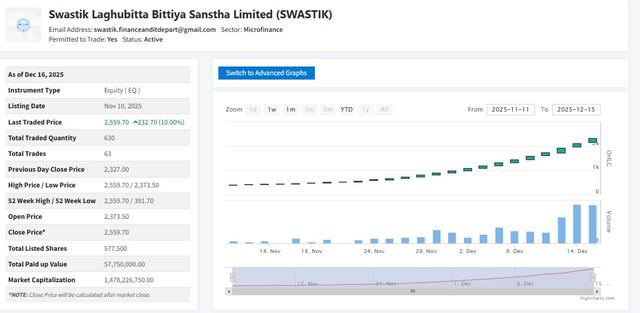Moderate Rise in Salary and Wage Index Across Provinces; Sudurpaschim Leads Growth
Author
NEPSE TRADING

Kathmandu, July 2025 – The national Salary and Wage Index for the third quarter (March/April) of fiscal year 2024/25 has shown a moderate year-on-year increase across most provinces, signaling cautious optimism in Nepal’s labor market. According to recent data released by the concerned authority, the overall index has reached 102.96, up by 2.62% from the previous quarter and 5.34% from the same quarter of the previous fiscal year.
Sudurpaschim Province Sees the Sharpest Rise
Among all provinces, Sudurpaschim Province recorded the most significant increase in wages, with its index surging from 99.91 to 107.98 — a year-on-year jump of 13.36% and quarterly rise of 8.08%. This sharp growth is attributed to increased investment in infrastructure and public service employment across remote districts, which has driven up regional wage rates.
Gandaki and Koshi Provinces Also Show Strong Growth
Gandaki Province reported an index value of 103.07, reflecting a 3.25% quarterly increase and 7.87% annual growth. Similarly, Koshi Province witnessed a respectable improvement with a 7.42% year-on-year increase, reaching an index of 101.21. These figures highlight sustained economic recovery and an active labor market in tourism and construction sectors.
Madhesh and Karnali Provinces Maintain Upward Trends
Madhesh Province's wage index climbed to 103.48, growing by 3.74% year-on-year and 2.16% quarter-on-quarter. Likewise, Karnali Province, although previously lacking historical data for comparison, posted a healthy 3.13% quarterly rise, reaching an index value of 103.85, signaling strong wage growth momentum despite the region’s economic challenges.
Bagmati and Lumbini Show Stable Yet Slower Growth
Bagmati Province, which holds the highest weight in the overall index (31.89%), reported a modest 1.92% quarterly increase and 4.22% annual growth, with the index standing at 102.25. In contrast, Lumbini Province displayed consistent index values with no quarter-on-quarter change and a slight annual growth of 0.98%, closing at 103.26.
The overall wage index suggests a moderate but positive trajectory in Nepal's salary and wage environment. The average quarterly growth of 2.62% and year-on-year increase of 5.34% indicate a stable labor market recovery post-pandemic and during ongoing macroeconomic adjustments.
Notably, provinces like Sudurpaschim, Gandaki, and Koshi — traditionally considered economically lagging — have shown remarkable wage expansion, which may reflect targeted development programs and localized labor demand.
However, regions like Bagmati and Lumbini, though stable, exhibit signs of wage stagnation, possibly due to saturation in formal employment growth or delayed adjustments in public sector wages.



